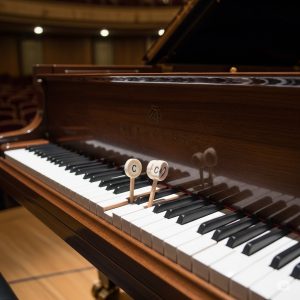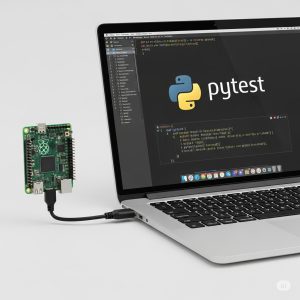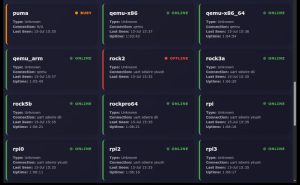For a while now, U-Boot’s EFI application (efi_app) has been a handy tool, but with one noticeable difference between architectures: x86 could show things on the screen, while ARM was stuck in the dark. If you wanted a splash screen or a graphical boot menu in your ARM EFI app, you were out of luck. Well, not anymore! A new patch series in Concept closes this gap, bringing full video output capabilities to the ARM EFI application. Let’s dive into how it works. The Challenge: Drawing Pixels on ARM The main hurdle for ARM video support within an EFI environment, especially in virtualized setups, is how graphics are handled. Many ARM systems, like QEMU configured with virtio-gpu, don’t provide a simple, direct-access framebuffer to which you can just write the pixel data. Instead, they rely on the EFI Graphics Output Protocol (GOP) and specifically its Bit Block Transfer function, more […]










